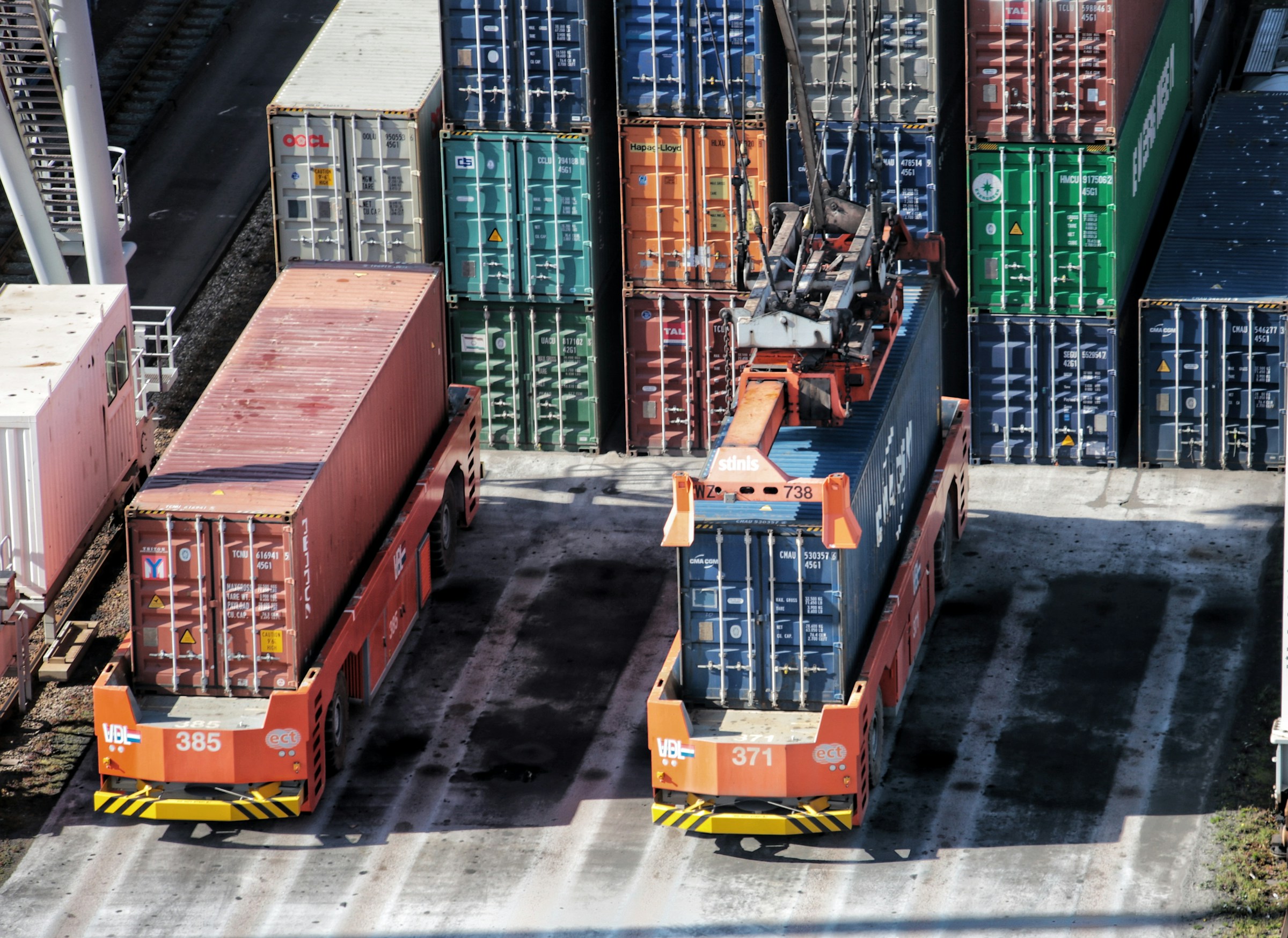Trump’s 2025 tariff regime does not merely revive a protectionist playbook—it imposes a structurally destabilizing shock on global capital flows, supply chain logic, and GDP formation. With tariff levels now averaging 15.2%, compared to just 2.3% last year, the escalation marks a deeper shift in the world’s largest economy: from rule-based trade partner to selectively transactional gatekeeper. And that pivot is already triggering reallocation behavior by institutions, sovereign funds, and export-reliant markets.
The resulting volatility is not just commercial friction—it is strategic capital displacement.
The August 7 implementation of Trump’s expanded tariff schedule imposes punitive duties across nearly all trading partners. China remains under a 30% baseline, while Switzerland, India, and Brazil face effective rates of up to 50%. Even traditional allies such as Japan, South Korea, and the EU must navigate 15% blanket duties, with carve-outs selectively granted based on industrial relevance or political leverage.
India’s position is instructive. The 25% “reciprocal tariff,” already higher than those on ASEAN peers, may soon be augmented by an additional 25% penalty over Russian oil imports. If enacted, Bloomberg Economics estimates a 60% collapse in Indian exports to the US—and a GDP drag approaching 0.9%. That is not retaliation. That is realignment.
Tariffs of this magnitude alter not just pricing dynamics, but trade survivability. US-bound supply chains are being actively disincentivized unless they are politically favored, co-located, or shielded by bilateral promise. This is not a trade war. This is institutional sorting—decoupling with policy volatility as the enforcement mechanism.
The Trump administration’s tariff logic operates with discretionary opacity. More than one-third of all US imports in 2024 were exempted from new duties through carve-outs or sector-specific relief, including over $1 trillion in goods. Major US firms have secured lasting exemptions—Apple most prominently—on the condition of domestic investment pledges. But this signals more than just industrial favoritism. It institutionalizes policy fluidity, where exemptions replace rule-based clarity.
This unpredictability has a capital consequence. When the tariff burden can shift based on executive interpretation or political alliance, institutions adjust their deployment strategies—not just for trade, but for investment planning, pricing corridors, and sovereign hedging.
The signal to sovereign wealth funds and central banks is clear: the US no longer guarantees stable input pricing or regulatory neutrality. As a result, hedging behavior has already begun to manifest. The July jobs report showed weakening labor market momentum. Second-quarter GDP revealed slowing investment. This is not delayed adjustment—it is preemptive retreat.
The current tariff posture creates multiple capital asymmetries.
First, cross-border firms operating on thin margins or commodity exposure are hardest hit. Auto manufacturers have already flagged billions in cost pass-throughs—General Motors, Ford, and Toyota all citing significant profit erosion due to new duties. But even more quietly, smaller upstream suppliers in Asia and Europe are finding the cost of compliance or circumvention untenable. Trans-shipment penalties and rules-of-origin probes further disincentivize traditional trading pathways.
Second, regional policy divergence is accelerating. The EU and Japan, while subject to higher baseline tariffs, are selectively protected through framework agreements and product-level exemptions (e.g., pharmaceuticals, aircraft components). These carve-outs are not goodwill gestures—they reflect American industrial dependency and the tactical balancing of domestic cost exposure. Singapore and the UK, taxed at a relatively lighter 10%, may be seen as policy-aligned outliers, but such treatment is fragile unless codified.
Third, China—paradoxically—is positioned for relative gain. Although its US exports have fallen, Chinese producers are redirecting goods to Latin America, Africa, and intra-Asia markets. Equally critical, as US trade credibility erodes, China’s role as a more stable export destination and investment partner is being reassessed across emerging markets. Sovereign allocators may not trust China’s currency liberalization—but they increasingly question America’s trade reliability.
What complicates this landscape is that Trump’s tariff regime is advancing without a coordinated fiscal or monetary buffer. The $30 billion per month in tariff revenue is being used to offset tax cut extensions—but not to shield downstream industrial exposure. Inflation pressures are mounting. Based on Federal Reserve models, each percentage point increase in tariff rates reduces US GDP by 0.14% and raises inflation by 0.09%. The August 7 increase could therefore subtract nearly 2% from GDP and add over 1% to prices over two to three years.
This comes as the US economy shows signs of real slowdown, not just cyclical cooling. Manufacturing jobs have declined by 37,000 since the initial tariff rollout in April. Investment is decelerating. Consumer confidence, while not collapsing, is hesitating. Financial markets have so far held firm—but only because investors are pricing in carve-outs and short-term maneuvering, not durable policy footing.
For allocators in Asia and the Gulf, the implication is unavoidable: tariff defensiveness is now a core feature of US macro posture. It alters not only trade policy, but investment sequencing, dollar hedging logic, and exposure thresholds to discretionary executive policy. Capital is no longer just flowing to the most efficient supply chain—it is flowing to the most geopolitically aligned one.
And while some partners may win short-term exemptions, the long-term cost is trust erosion. As new probes into pharmaceuticals, semiconductors, drones, and critical minerals unfold, it’s clear this is not the endgame—it’s the opening chapter.
Strategically, this isn’t a tariff cycle. It’s a capital sorting mechanism. And the winners will not be defined by proximity to Washington—but by their ability to build resilience against its volatility.










.jpeg&w=3840&q=75)



